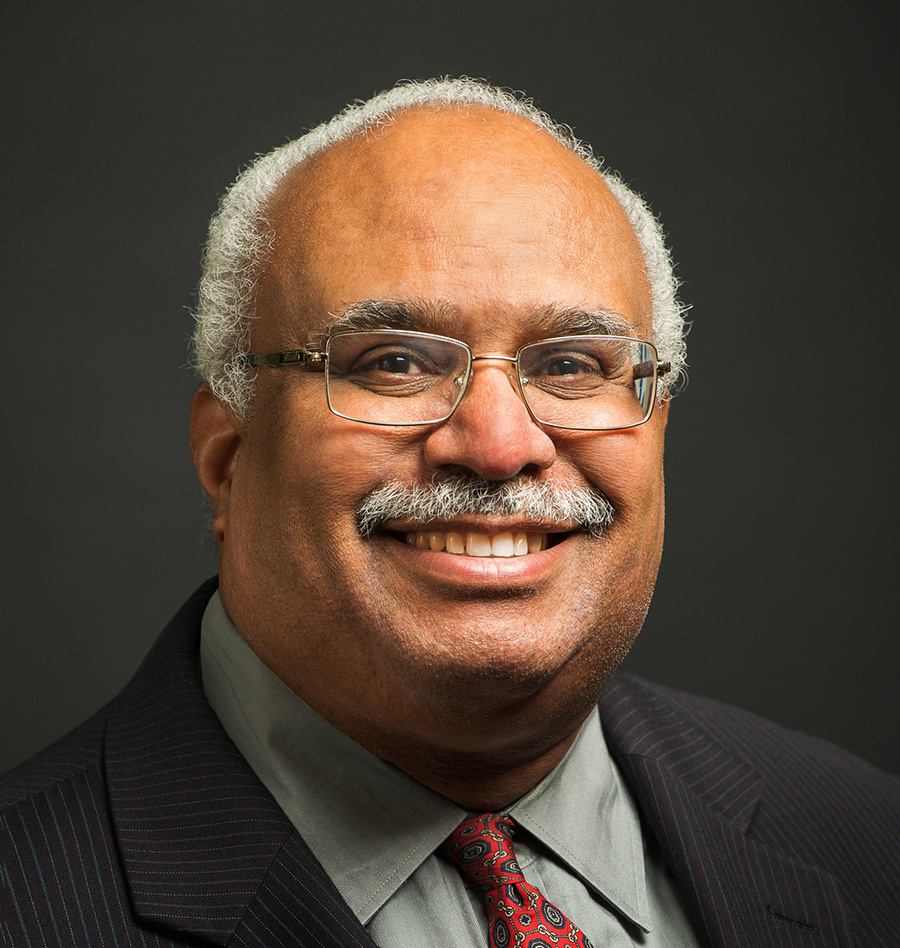
Georges Benjamin, MD
For health care provider organizations, COVID-19 isn’t just a constant battle to keep people healthy, out of the ICU and virus free. It’s also about the continuous public health messaging challenges that have popped up since the earliest days of the pandemic.
The first part of that challenge was informing the public about wearing masks, practicing social distancing, and battling misinformation related to the virus. The second part is getting people to take COVID-19 vaccines and help the country return to normal…while still battling misinformation.
It’s easier said than done.
As the first wave of COVID-19 vaccinations have begun across the country, it’s clear that not everyone is on board with inoculation. According to a survey from the American Public Health Association, the National Collaborative for Health Equity, and de Beaumont Foundation, only 26 percent of rural/farm communities, 27 percent of Republicans age 18-49, 28 percent of Black Americans 18-49, and 29 percent of women 18-49 were certain to get vaccinated. Another survey, from Kaiser Family Foundation, found that only 26 percent of Hispanics and 20 percent of Black Americans said they would get the vaccine as soon as possible.
“These are the groups that need attention. We as a society are only going to be as strong as the group that takes the vaccine the least and it’s incumbent on us to talk with all groups and tailor our messaging appropriately,” said Brian Castrucci, DrPH, President and CEO of the de Beaumont Foundation. “We can’t stay silent. There are far too many people who are trying to share misinformation and mislead the public.”
In total, one-quarter of the population, according to the Kaiser study, is vaccine hesitant. This spreads across a swath of diverse population subgroups, who have different reasons for not wanting to take the vaccine.
How can health care organizations tailor public health messages that will reach specific population groups in an efficient manner that will actually increase uptake? Castrucci and Georges Benjamin, MD, Executive Director of the American Public Health Association, shared a few insights to help health care CEOs create an effective COVID-19 vaccine public health messaging strategy.
Tailored but universal themes
Those in rural America have different reasons for their hesitancy than those in urban areas. For that reason, it’s imperative to get at the heart of why certain groups don’t want to take the vaccine and tailor messages to them, whether it’s safety, cost, or something else.
However, tailoring messages to a patient population across large health care organizations (not to mention your employees) isn’t going to be an efficient use of time. As such, Castrucci and Benjamin say there are common themes that span different demographics. For instance, according to the survey from de Beaumont, people are most willing to take the vaccine for their family as opposed to country, economy, community or friends.
“People have a desire to help family members. Using that kind of language is more acceptable to people than serving their community,” Benjamin says. “People want to serve their communities, but it’s easier for them to internalize it better when you’re talking about their families.”
Moreover, people want a return to normal and to re-open the economy. Benjamin also encourages messaging that emphasizes the vaccine is “safe and effective.” Because the vaccine was developed in less than a year, many people are concerned about safety, says Benjamin. In fact, according to a National Geographic-Morning Consult poll conducted in December, seven in 10 Americans say they are wary of the potential side effects of any COVID-19 vaccine.
Benjamin advises health care organizations to emphasize the word “research” in their messaging when talking about how safe it is rather than talk about how it was a “discovery” or using “invent.” “Research is a word that people hear better. When we talk about medical research vs. the pharmaceutical companies, a lot of people have negative thoughts on pharma companies, but they don’t have strong feelings on medical researchers themselves,” he says.
Words matter: Talk about benefits rather than consequences
In fact, choosing words carefully when cultivating a public-facing message on the vaccine is of the utmost importance, experts say. Safety is a better word to use than security, says Benjamin. Vaccination is better than inoculation. The word “every” is critical when talking about the vaccine development process. (For example, “Every study, every phase, and every trial were reviewed by the FDA and a safety board.”)
homepage image: Steven Cornfield/unsplash










